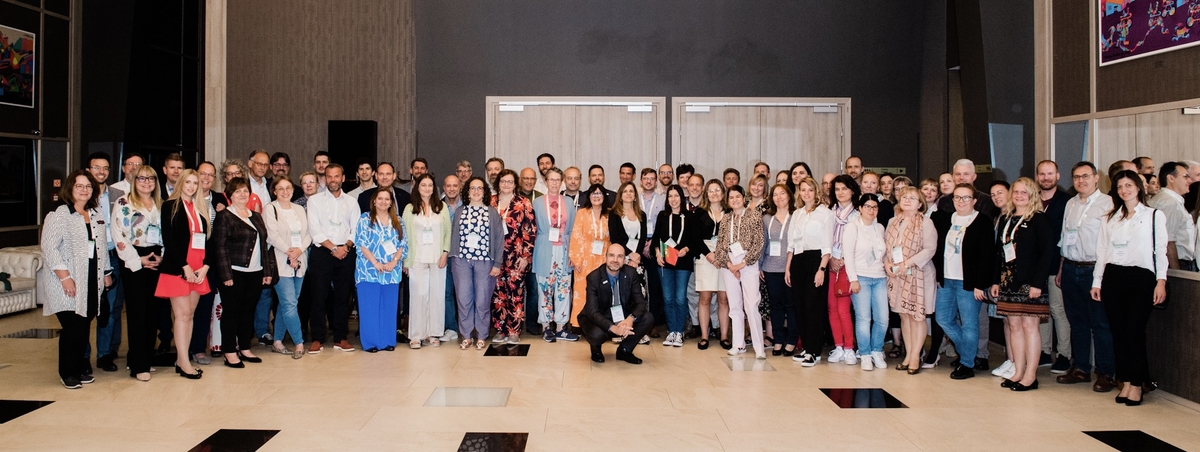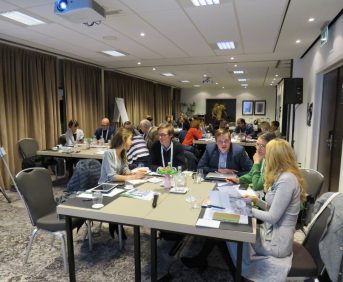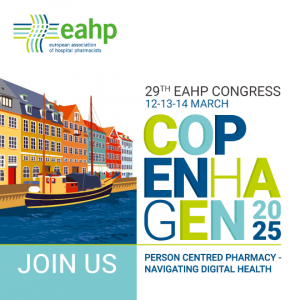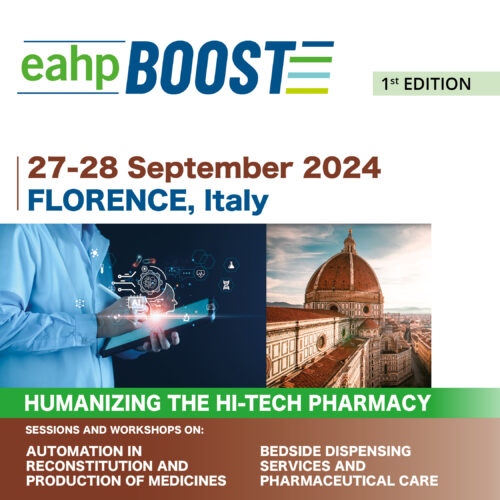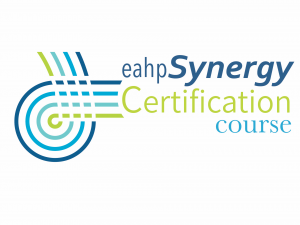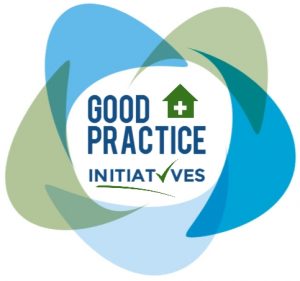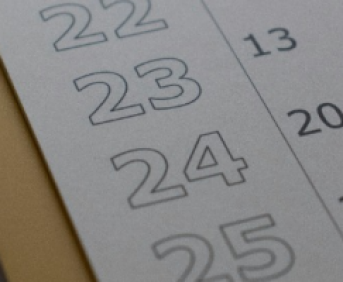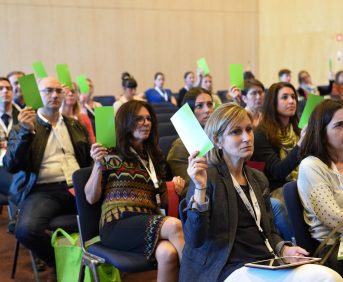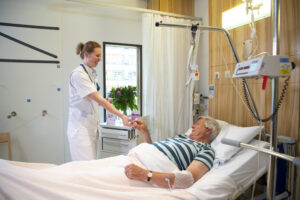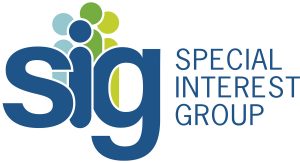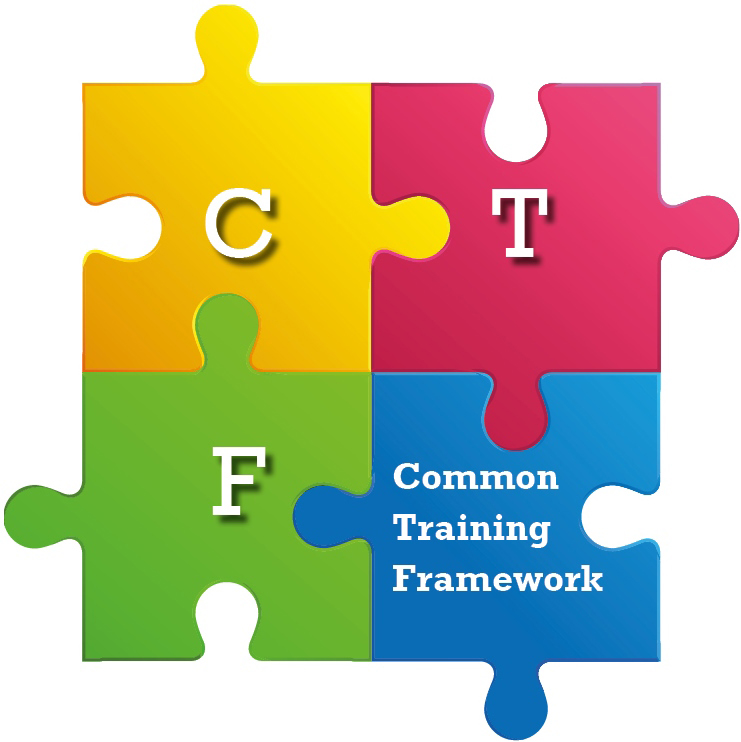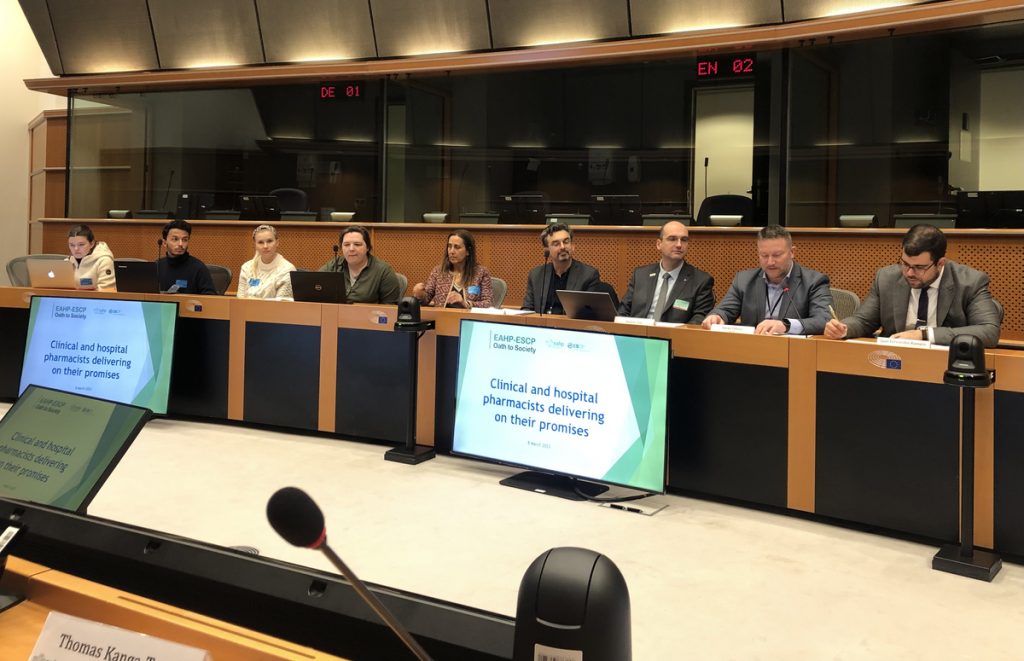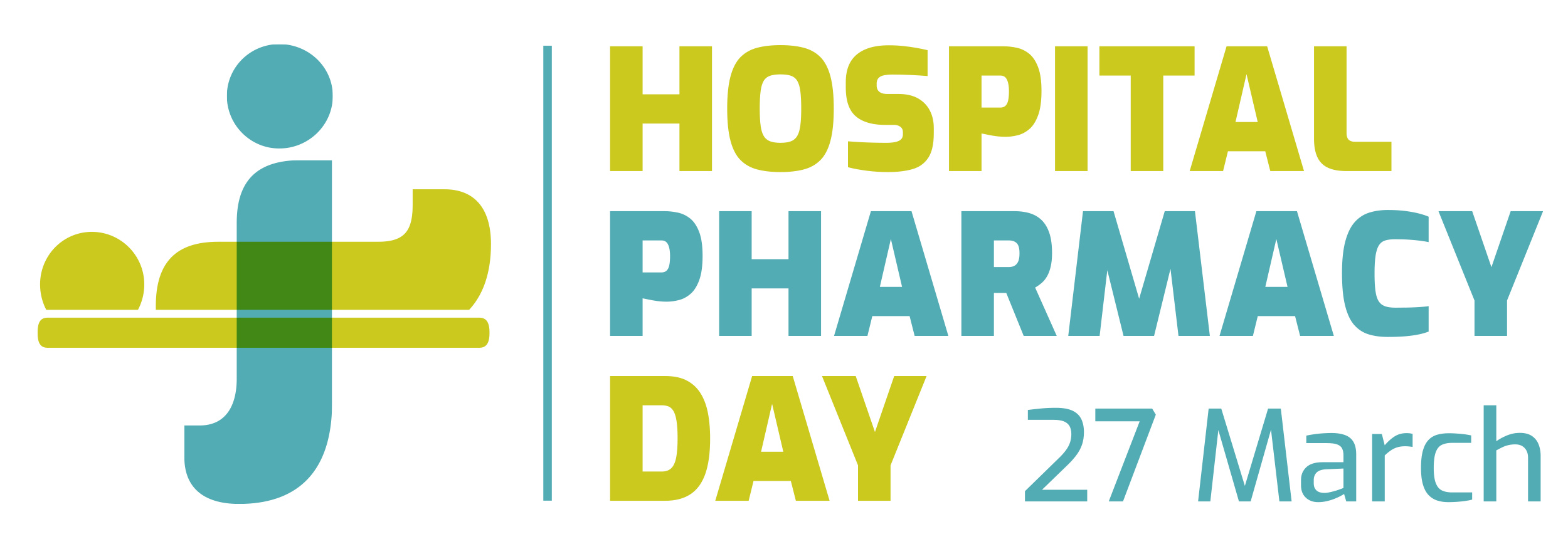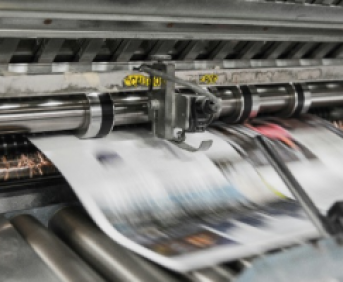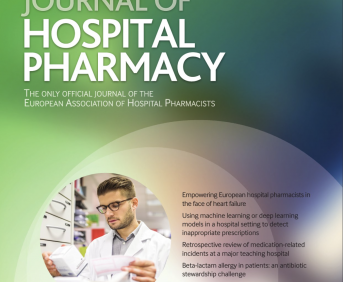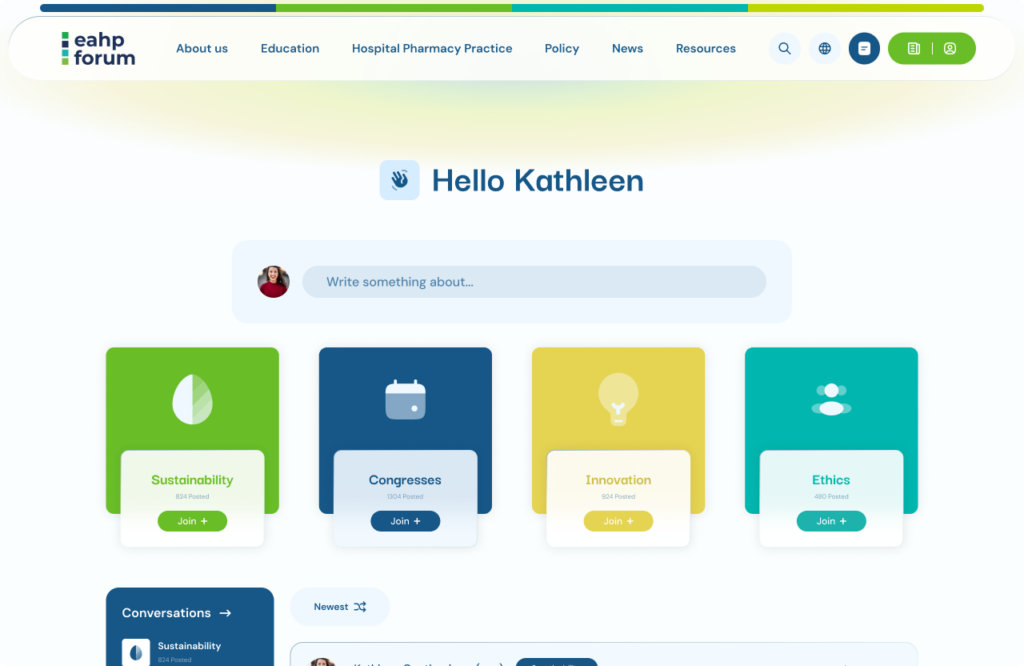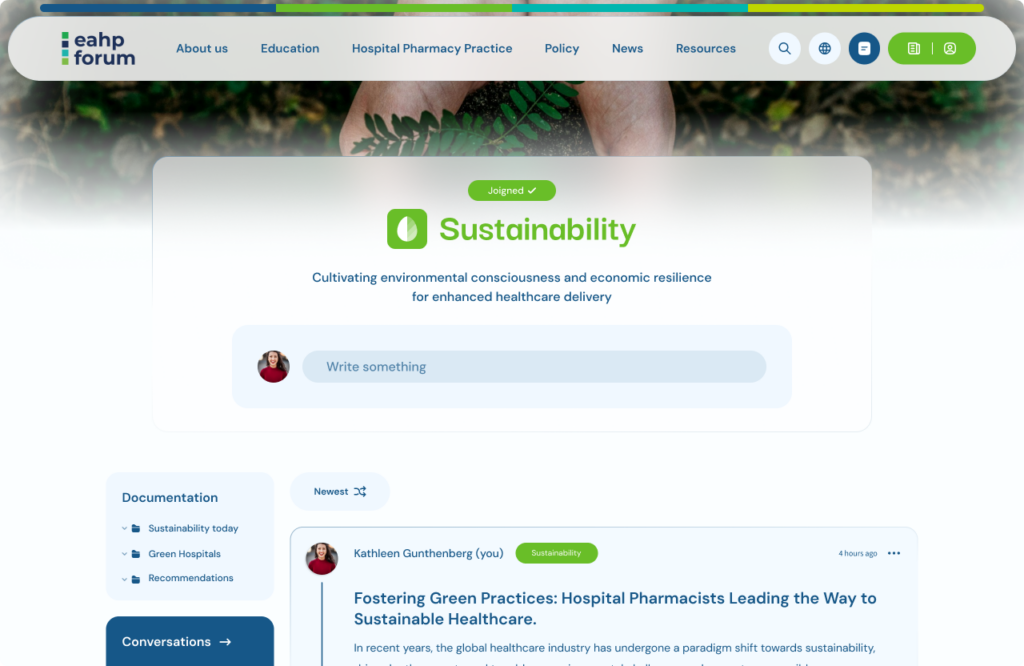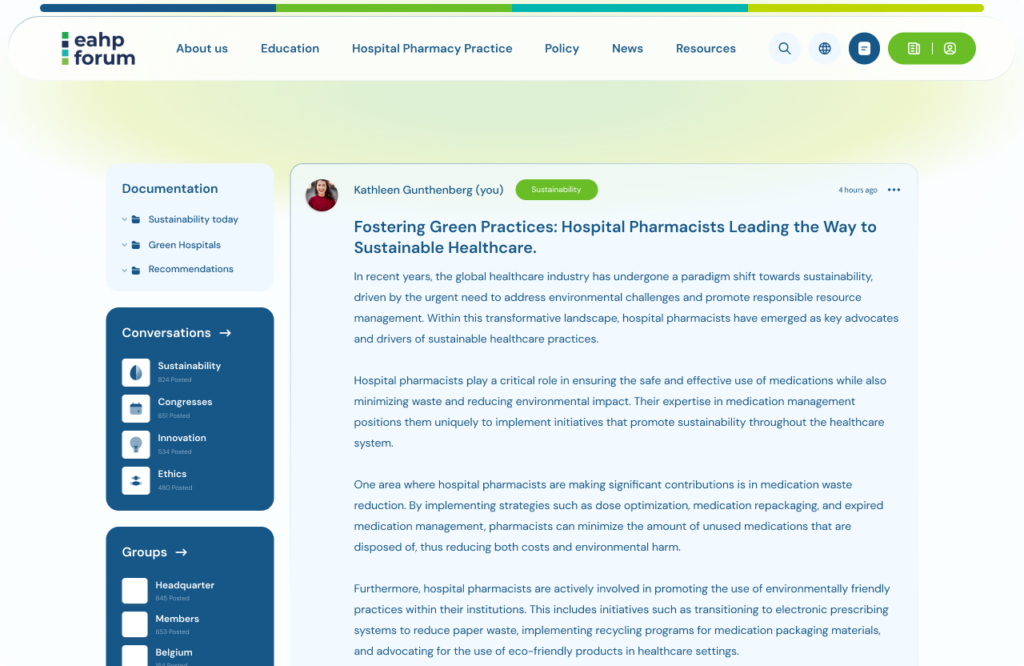IMPACT OF A MEDICATION REQUEST TOOL FROM THE NURSING ADMINISTRATION VIEW IN HOSPITALISATION (submitted in 2019)
Pdf

European Statement
Patient Safety and Quality Assurance
Author(s)
M. T. Barrera, O. Carrascosa, P. Madrid, A. Aguado, R. Martínez , N. Argüello, E. Cuellar, M. Vela, C. Jimenez, S. Payan, O. Sánchez
Why was it done?
Lack of stock delays medication administration by nurses. This situation also generates hospital warden displacements to Pharmacy Service and telephone interruptions of Pharmacy technicians’ work. The main aim was to amend stock lack management to improve patient security during medication preparation and administration. The secondary objectives were: reduce interruptions of other health professionals and automate warehouse exits, avoiding errors of manual updating of Pharmacy stock.
What was done?
This tool is part of “Safe Medication Administration in Hospitalization/Avoid Interruptions” project. A “button” was included in the nursing administration view of the electronic prescription programme, which when activated automatically generates a request to the Pharmacy Service for a dose of required medication. Hospital Information Systems were contacted for the design. All requests generated during the administration of medication were automatically received in Pharmacy Service. They were grouped by plant, listed, deducted from stock and dispensed at the agreed times.
How was it done?
The tool was developed by Hospital Information Systems, in collaboration with nursing, and staff training was carried out for correct handling of the tool. Also, medication dispensing schedules were agreed with the hospital warden. 15 days before tool implementation, the Pharmacy Service analysed all medication requests made from hospitalisation. Data collected were: plant and shift requested, reason, existence of pattern, requested medication, requested units, notice to auxiliaries to collect medication. After the first week of implementation, the same assessment of requests was made during the same period to compare and evaluate the impact of this tool implementation.
What has been achieved?
When both periods were compared, prescribed medication requests decreased from 198 to 15, this difference being statistically significant (Fisher’s exact test p=0.008). This difference meant significant reduction of interruptions in Pharmacy technicians’ daily work. Requests reasons were lack of dose in 43.4% (n=95) of cases, immediate prescriptions in 29.2% (n=64) of cases and treatment change in 20.5% (n=45) of cases. 29.2% of all requested medications belonged to the antimicrobial and antiviral group. 62% (n=135) of the total requests were received in the morning shift. Hospital warden displacements were significantly reduced when comparing both periods from 102 to 3 (Chi square test, p=0.006). This meant a significant reduction in interruptions in hospital warden work. It has been possible to standardise and improve efficiently nursing management of medication stock lack.
What next?
The incidents technical improvement is pending, as well as training of new nursing staff. It is possible to implement this tool in all hospital units that have electronic prescription.

